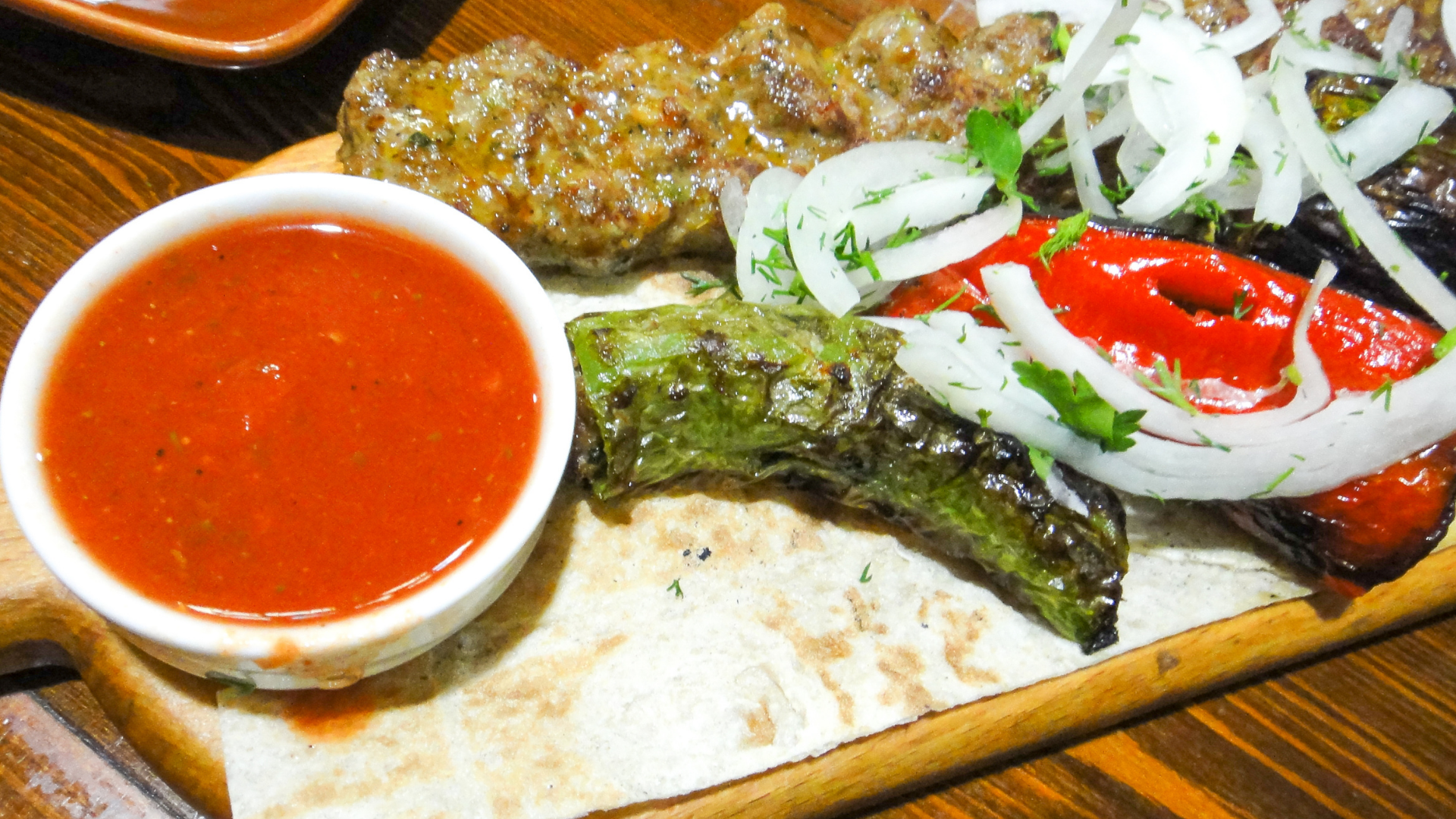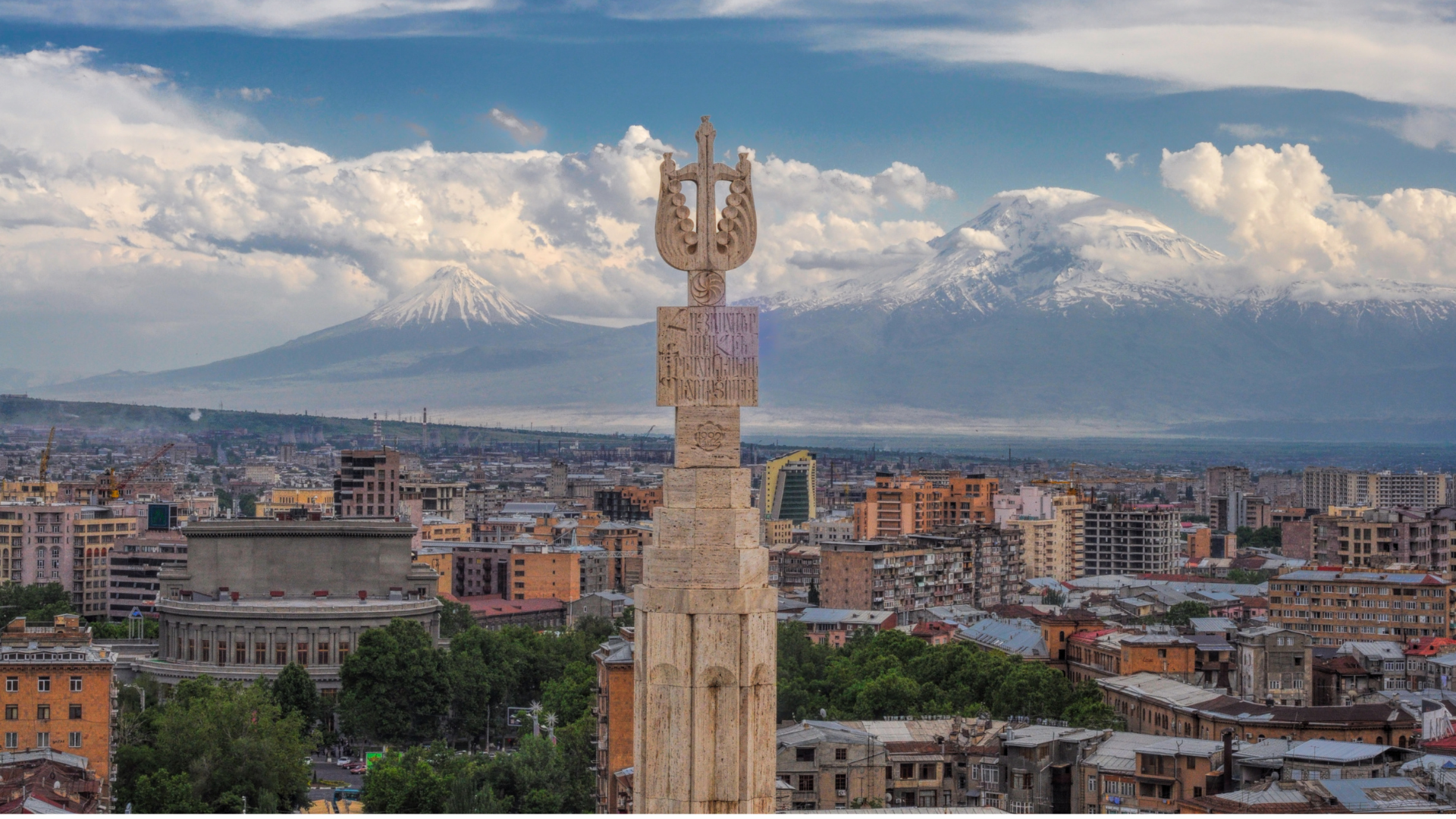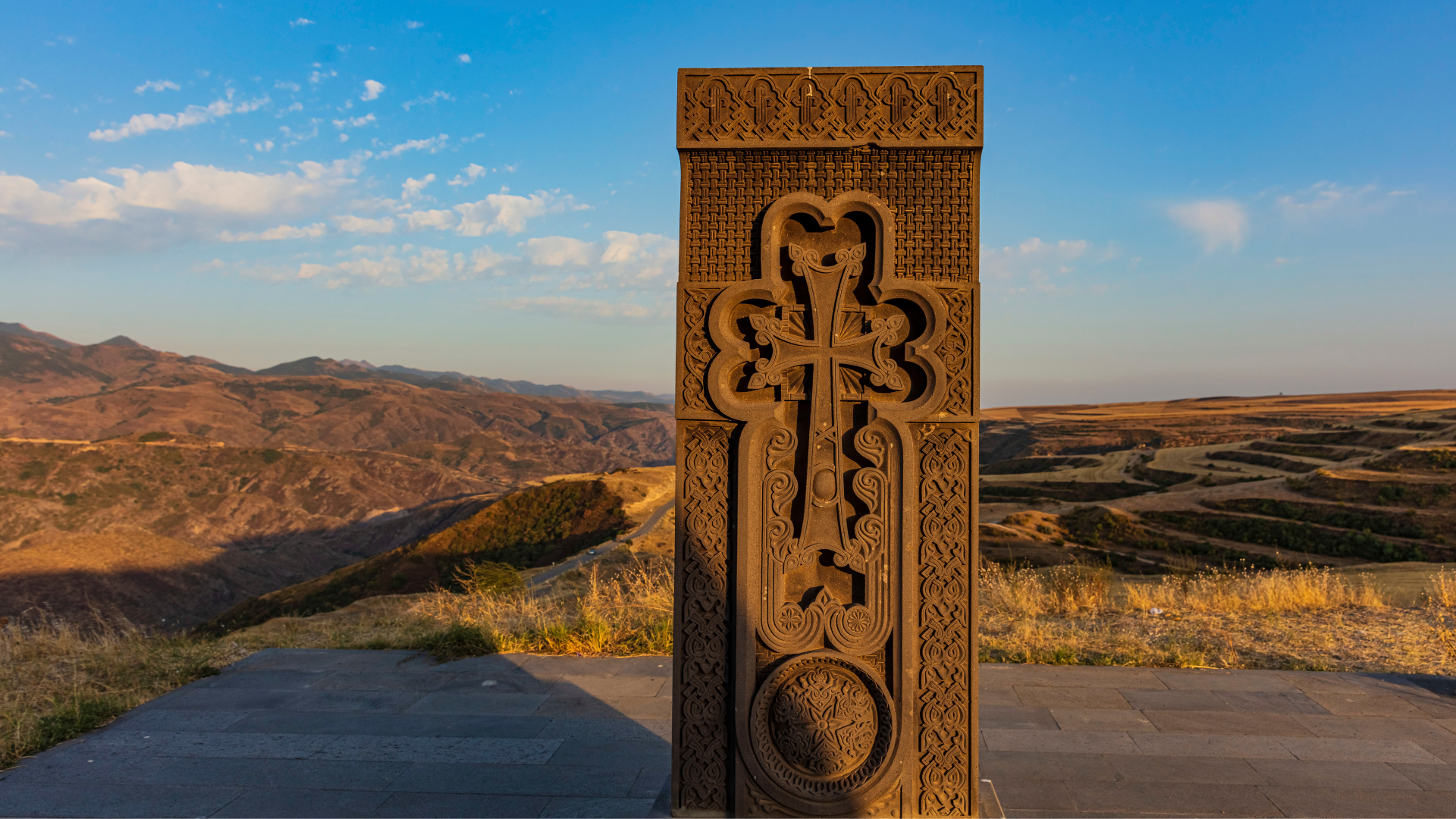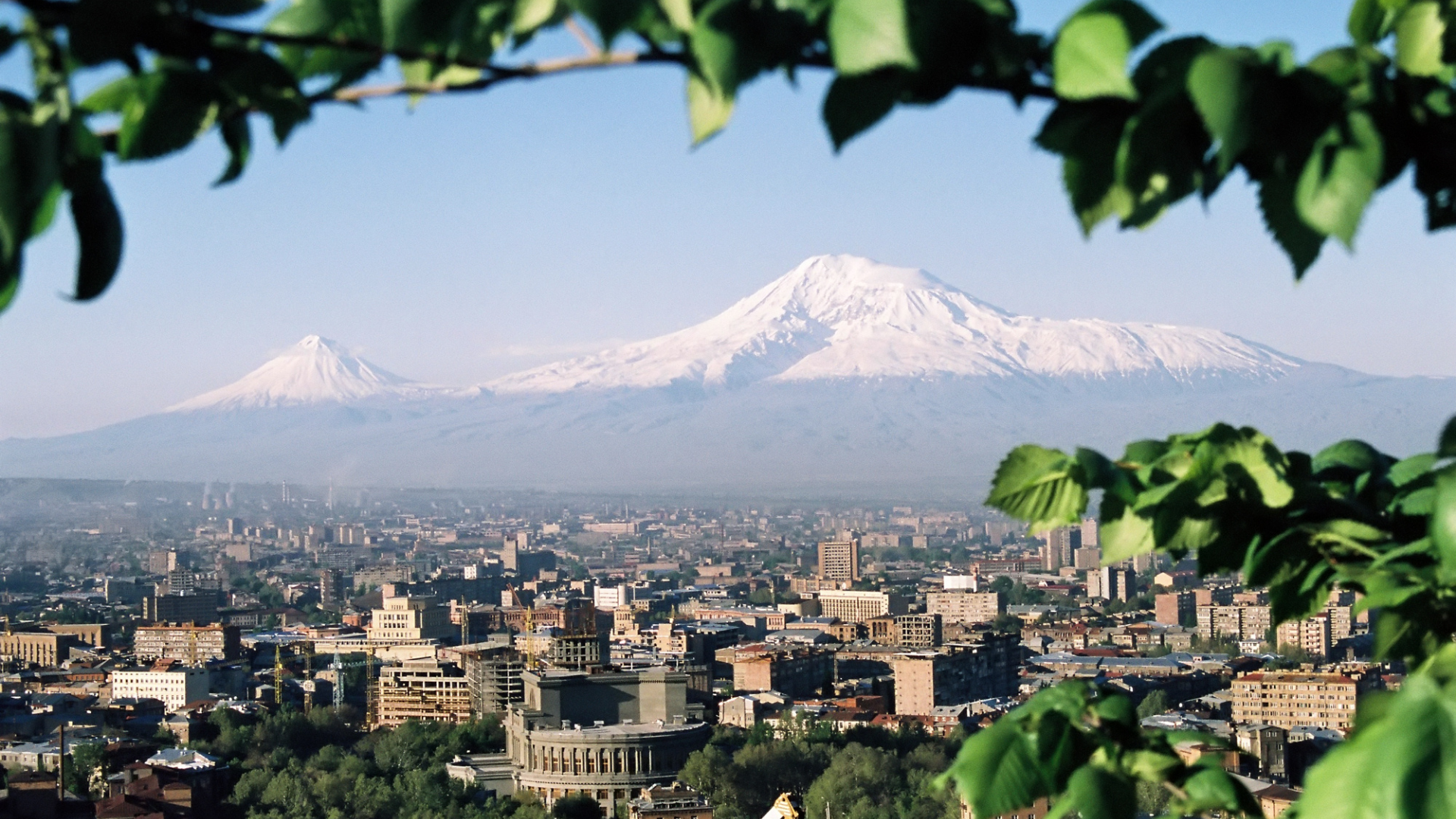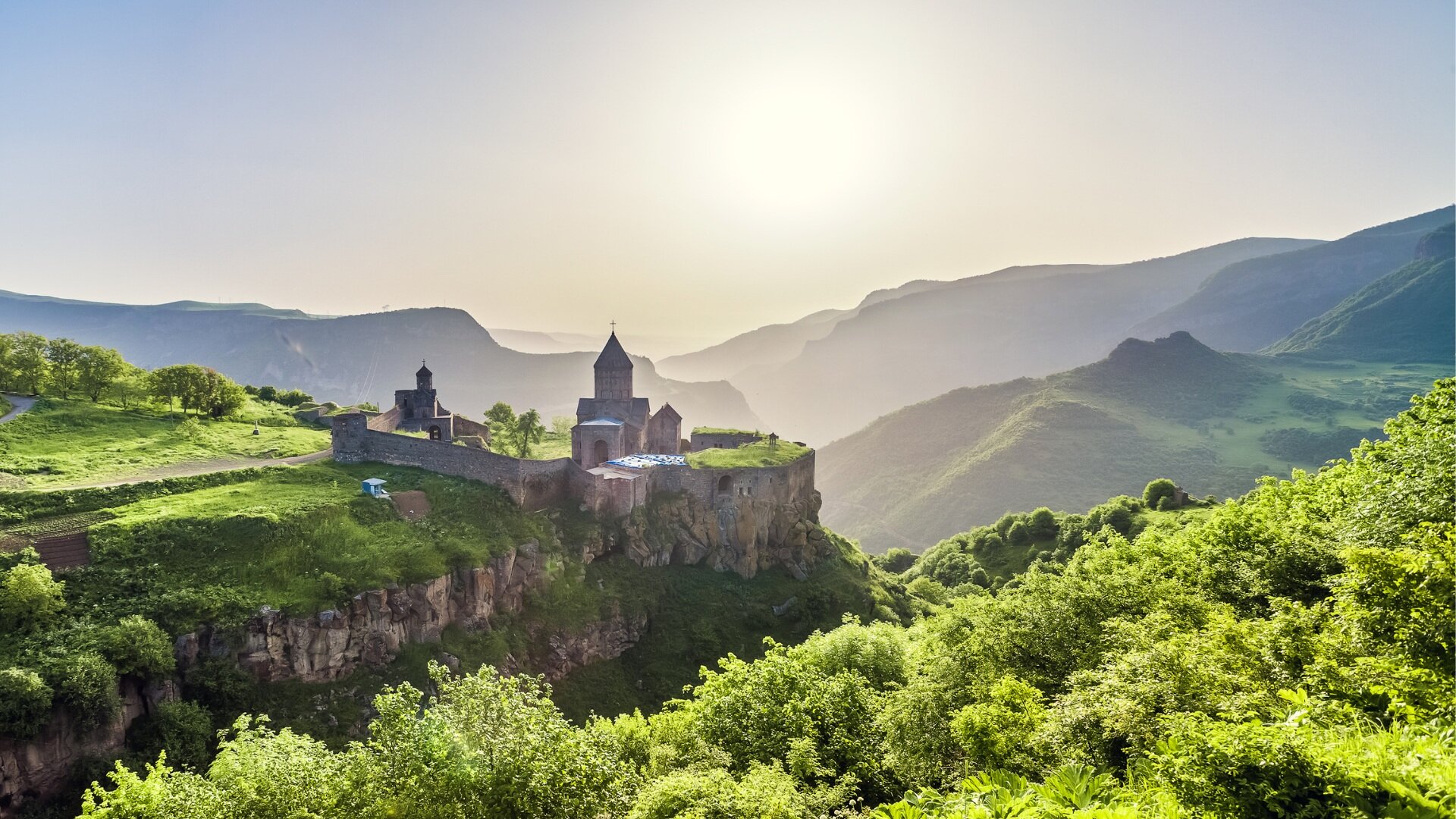
ABOUT OUR HOMELAND
Situated between the crossroads of Europe and Asia, the Republic of Armenia has for centuries been at the crossroads of world empires and civilizations. With a history rooting back to the Bronze Age, the Armenian people have for millennia lived and contributed to the arts, sciences, trade, and civilization.
The ancient Kingdom of Armenia stretched from the Mediterranean to the Caspian Sea. The world’s first winemaking facility and the world’s first shoe were discovered in Armenia. From antiquity to the present century, the Armenian people have survived and thrived amidst conquests by vast empires from the east and west, preserving their culture, language, and religion. In 301 AD, Armenians became the first nation to adopt Christianity as the state religion. The Armenian alphabet was created by Mesrop Mashtots in 405 AD.
Throughout the Middle Ages and the modern era, the Armenian people endured waves of conquests by the Persian, Mongol, Arabic, and Ottoman Empires, retaining their culture, identity and faith. Under the cover of World War I, the Ottoman Empire committed the Armenian Genocide which widely regarded as the first large-scale Genocide of the 20th Century in 1915, resulting in the displacement and creation of the Armenian Diaspora stretching across the four corners of the globe.
In 1991, Armenia declared independence from the USS and became a member of the United Nations in 1992. During and after the fall of the Soviet Union, the first war in Nagorno-Karabakh (Artsakh) between Azerbaijan and Armenia erupted in the late ‘80s, ending with Armenia’s victory in 1994. After 26 years of a ceasefire, Azerbaijan, aided by Turkey, attacked the Armenians of Artsakh on September 27, 2020, starting the second war that resulted in a Russia-brokered ceasefire on November 10, 2020.
Some of the world-famous Armenians include music icon Cher, French pop star Charles Aznavour, tennis legend Andre Agassi, chess grandmaster Garry Kasparov, celebrity Kim Kardashian and philanthropist Kirk Kerkorian, among countless others.
-Contributed by: ERIC NAZARIAN, Armenian American Film Director & Screenwriter
Religion
Armenia was the first nation to adopt Christianity as a state religion dating back to 301 AD. The Armenians have therefore maintained an ancient and rich liturgical and Christian literary tradition. The predominant religion in Armenia is Christianity and it’s roots go back to 1st century AD. Currently, over 93% of Christians in Armenia belong to the Armenian Apostolic Church. Both Latin rite and Armenian rite Catholics also exist in Armenia.
Geography
To the north and east, Armenia shares boundaries with Georgia and Azerbaijan, while its neighbors to the southeast and west are, respectively, Iran and Turkey. Modern Armenia comprises only a small portion of ancient Armenia. It currently has a territorial area of 29,743 square kilometres (11,484 sq mi). The terrain is mostly mountainous, with fast flowing rivers, and some forests. Mount Ararat, which was historically part of Armenia, is the highest mountain in the region at 5,137 meters (16,854 feet).
People
Armenians makeup nearly all of the country’s population. The constituents speak Armenian, a distinct branch of the Indo-European language family. The remainder of the population includes Kurds, Russians, and small numbers of Ukrainians, Assyrians, and other groups. Currently, life expectancy, averaging 75 years of age, is about the global mean. According to most recent estimates, as a result of the 20th-century waves of emigration, at least 5 million Armenians now live abroad, with the majority living in the states of the former Soviet Union and more than 1,000,000 living in America.
Public Education
Armenia's public education system is comprised of 12-years and divided in a three-tier system: Elementary school (grades 1-4), middle school (grades 5-9) and high school (grades 10 to 12). Public schools are free and compulsory until the age of sixteen. “The main objective of elementary school is the development of mental, spiritual and physical abilities; language thinking, literacy, basics of logic and primary work skills. The main goal of middle school is to provide a level of knowledge about a human, nature and society, their skills and abilities to apply them in life, implementation of a moral and spiritual values, necessary for students to continue their education in high school or vocational institution as well as carry out work activities appropriate to age. The main goal of high school is to provide students with professional education, knowledge, skills, and capacities necessary for independent life.” escs.am
Art & Culture
Armenia is known for its rich arts and culture. From the architecture to the performing arts to literature, culture in Armenia represents the history, lifestyle, and beauty of this ancient country. Armenian music is like no other. It has a special melodic pattern because of the use of original Armenian instruments which have survived from the early Middle Ages. The Armenian dance has been considered one of the oldest and most varied in the region. Rock paintings of scenes of country dancing have been discovered from the fifth to the third millennia B.C., in the higher regions of Armenia. Traditional dancing is still popular among Armenians around the world.
Cuisine
Armenian cuisine reflects the geography and history of the country. It also uses lots of the animals and crops grown on its territory. The cuisine is rich in vegetables, meat, and fish and lavash (flatbread). In addition, cracked wheat, or bulgur, is often used instead of rice in Armenian cuisine. Fresh herbs are used extensively, both in the food and as accompaniments. Legumes are used liberally and nuts are used both for texture and to add nutrition to dishes.
Recommended Literature
The Armenians: From Kings and Priests to Merchants and Commissars 1st Edition by Razmik Panossian. (New York: Columbia University Press, 2006)
The Armenians traces the evolution of Armenia and Armenian collective identity from its beginnings to the Armenian nationalist movement over Karabakh in 1988. Applying theories of national-identity formation and nationalism, Razmik Panossian analyzes different elements of Armenian identity construction and argues that national identity is modern, predominantly subjective, and based on a political sense of belonging. Yet he also acknowledges the crucial role of history, art, literature, religious practice, and commerce in preserving the national memory and shaping the cultural identity of the Armenian people.
Panossian explores a series of landmark events, among them Armenians' first attempts at liberation, the Armenian renaissance of the nineteenth century, the 1915 genocide of the Ottoman Armenians, and Soviet occupation. He shows how these influences led to a "multilocal" evolution of Armenian identity in various places in and outside of Armenia, notably in diasporan communities from India to Venice. Today, these numerous identities contribute to deep divisions and tensions within the Armenian nation, the most profound of which is the cultural divide between Armenians residing in their homeland and those who live in the United States, Canada, the Middle East, and elsewhere. Considering the diversity of this single nation, Panossian questions the theoretical assumption that nationalism must be homogenizing.
Based on extensive research conducted in Armenia and the diaspora, including interviews and translation of Armenian-language sources, The Armenians is an engaging history and an invaluable comparative study.
A Concise History of the Armenian People: From Ancient Times to the Present, 2nd Edition by George Bournoutian. (Mazda Publishers, 2002)
The first part of the study discusses the origins of the Armenians, the Urartian Kingdom, Armenia and the Achaemenid, Seleucid, Parthian, Roman, Sasanid and Byzantine periods. It also examines Christinaity in Armenia and the development of an alphabet and literature. The work then continues with the history of Armenia during the Arab, Turkish and Mongol periods. A separate chapter deals with the history of Cilician Armenia and the Crusades. The second part concentrates on the Armenian communities in the Ottoman, Persian, Indian, and Russian empires (1500-1918). It also details the Armenian diaspora in Eastern and Western Europe, Africa, the Arab World, the Far East, and the Americas. The study concludes with lengthy chapters on the history of the three Armenian republics (1918-1920); (1921-1991Soviet Armenia); and the current Armenian republic (1991-2001).
The Armenian People from Ancient to Modern Times: Volume I: The Dynastic Periods: From Antiquity to the Fourteenth Century by Richard G. Hovannisian. (Vols. 1-2) (New York, NY: St. Martin's Press, 2004)
Edited by the leading historian of the Republic of Armenia, this is the definitive history of an extraordinary country - from its earliest foundations, through the Crusades, the resistance to Ottoman and Tsarist rule, the collapse of the independent state, its brief re-emergence after World War I, its subjugation by the Bolsheviks, and the establishment of the new Republic in 1991. Written by the foremost experts on each period in Armenia's history, this book is a major contribution to understanding the complexities of Transcaucasia. Armenia is a cradle of civilization situated on one of the world's most turbulent crossroads. This volume examines the question of Armenian origins and traces domestic and international relations, society and culture through the five dynastic periods, spanning nearly two thousand years. The challenge facing the Armenian people was to maintain as much freedom as possible under the shadow of powerful neighbouring empires. The adoption of Christianity had a permanent impact on the course of Armenian history and culture. These were the heroic, colourful and harsh feudal centuries of Armenia.
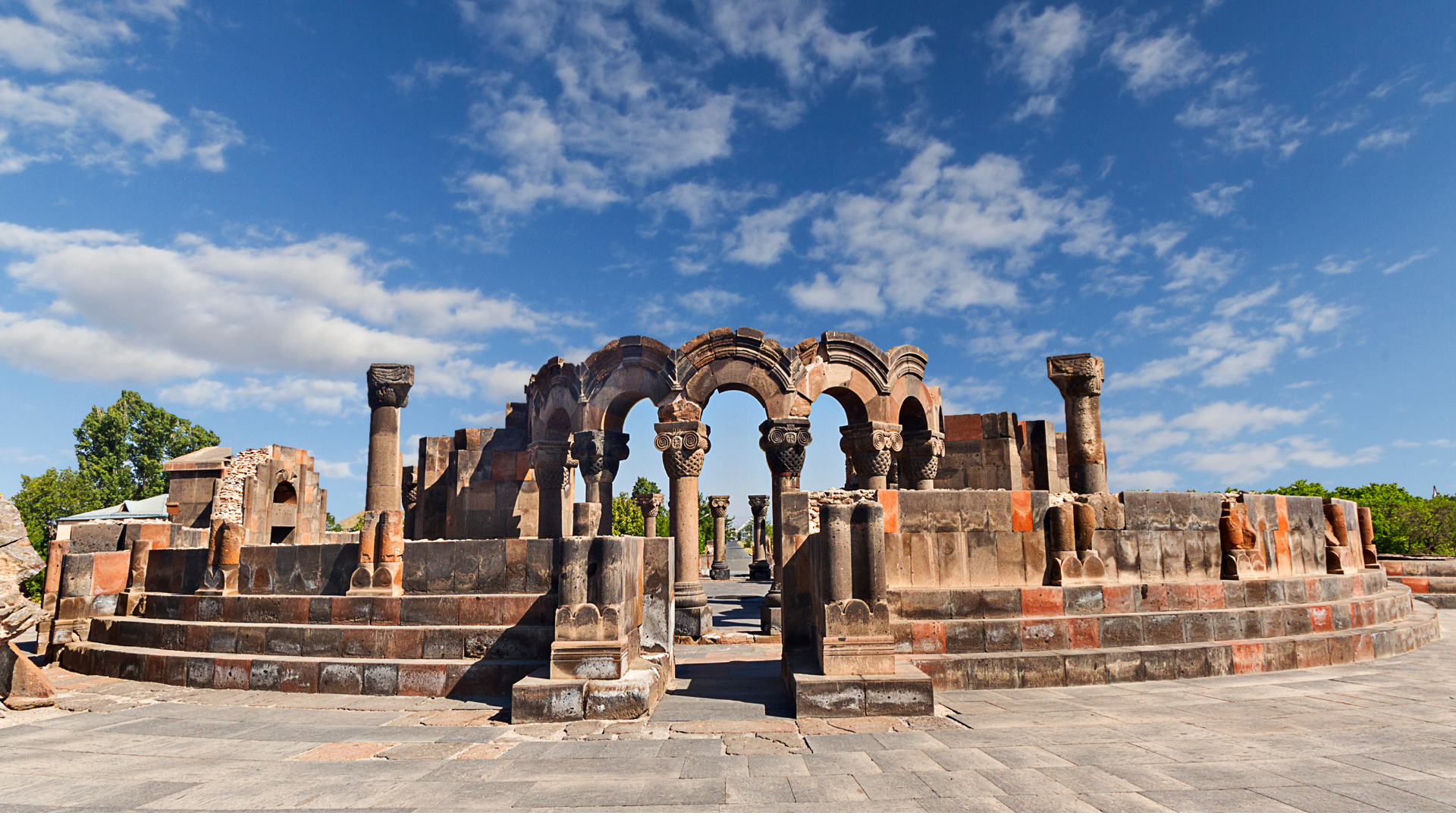
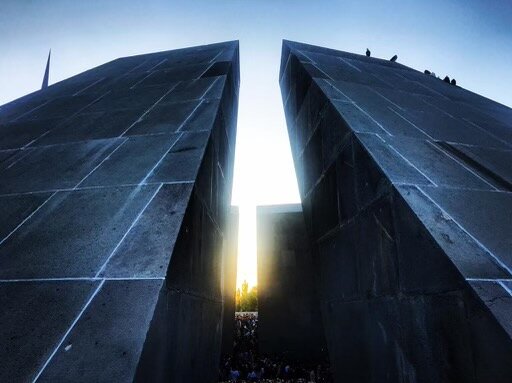
Photo Credit- Eric Nazarian









Photo Credit- Eric Nazarian
